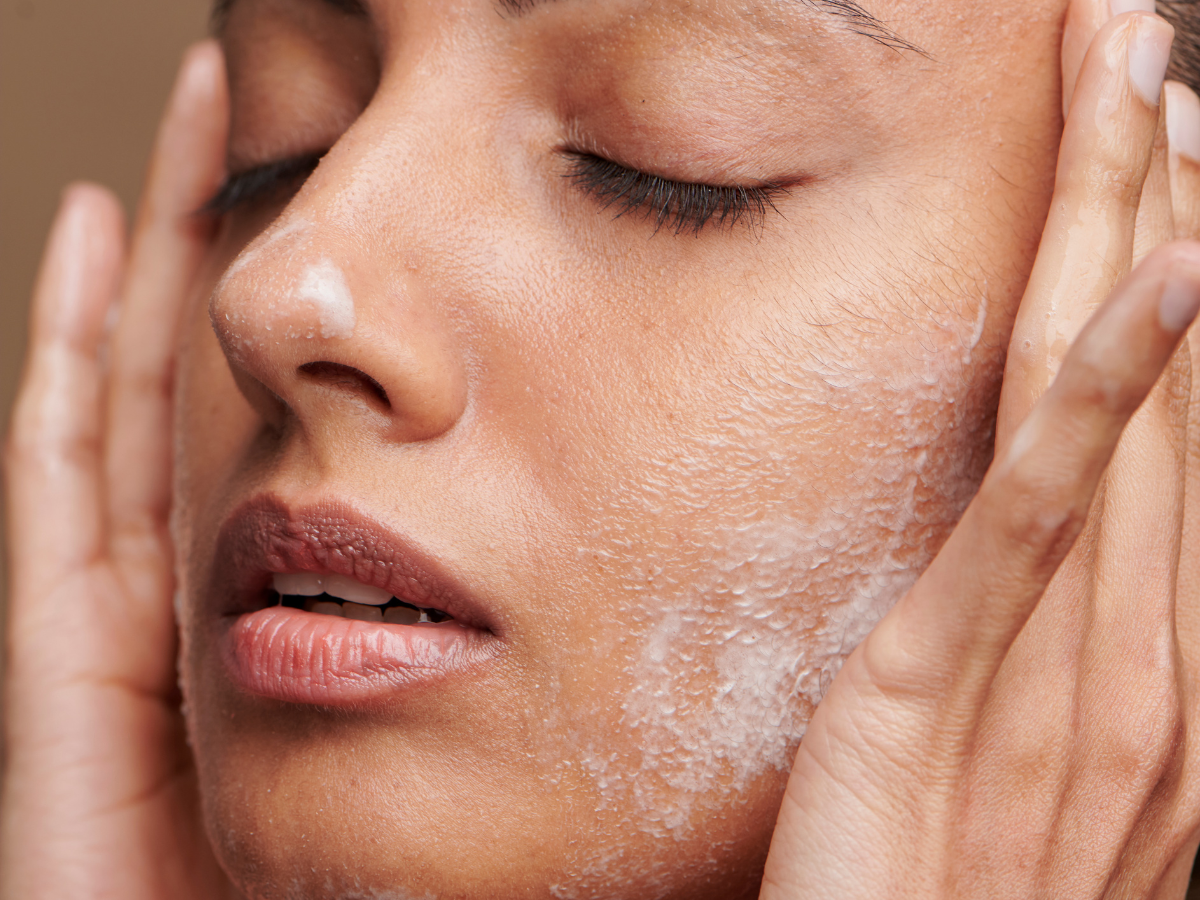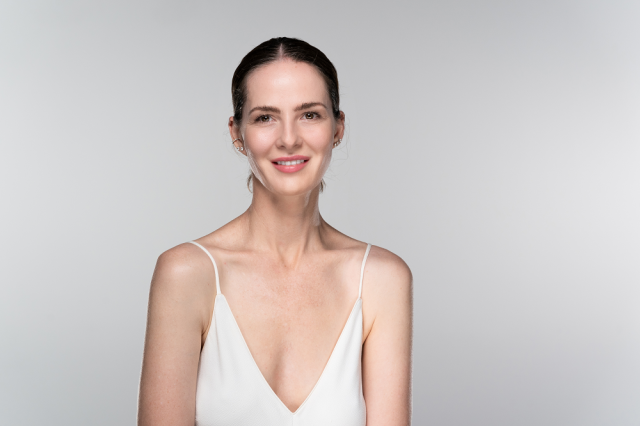What is over-layering and what impact could it have on the skin?

K-beauty has popularised the 10-step skincare routine, and beauty influencers share product recommendations galore. As such, we’ve become accustomed to going above-and-beyond when it comes to skin maintenance.
Aside from being a costly exercise, investing in too many skincare solutions can actually have a counter-intuitive impact on the health of the skin.
Experts say too much of a good thing can confuse the skin and actually deregulate our natural microbiome.
Layering v complementing
First, it’s important for users to differentiate the process of layering skincare products sequentially from applying complementary products.
Nina Gajic is the founder of skincare brand, Skin Virtue. She argues that “layering allows for customisation, addressing individual concerns and targeting multiple skin issues simultaneously”.
On the other hand, Nina says “complementary skincare products ensure such ingredients work synergistically to “enhance their effectiveness and deliver superior results.”

Issues can arise from over-layering the skin without attaining proper guidance, particularly when it comes to the use of actives.
Rose Bonasera is a Dermal Therapist and is the Director of Elixir Skin Fitness in Australia. She notes, “for problematic skin there is certainly a protocol to use a certain amount of actives in their skin tissue. But this needs to be prescribed by a professional skin or dermal therapist with the knowledge of skin.”
Inflammation and break-outs are two issues that can occur from incorrectly over-layering the skin. Nina adds that product build-up can also occur, leading to clogged pores and disruption of the skin’s natural balance.
“Introducing numerous new products simultaneously also increases the risk of adverse skin reactions [such as sensitivity and allergic reactions]. Determining the root cause becomes challenging when faced with a reaction, making it difficult to identify which specific product triggered the issue,” Nina says.
Rose agrees that such problems can stem as a result of layering ingredients that don’t work synergistically. “Some ingredients don’t work well together and can even cancel each other out. The formulation of ingredients in skincare can also impact how effective skin layering can be, especially if clients are cherry picking from different brands.”
In an attempt to save clients’ time, money and to manage expectations, a simpler skincare routine should be encouraged. “Confusion and potential product interactions further complicate matters. With too many products, it’s easy to become unsure about which product to use when and in what order,” Nina says. “Adopting a targeted approach with a few high-quality, effective products often yields better results than a convoluted routine with unnecessary steps.”
Be socially savvy
Second, consumers need to be reminded that while a product or ingredient may trend on social media, it does not mean it should be used blindly or in high dosages. This is where the advice of an experienced aesthetician comes in.
“Users may have unrealistic expectations, assuming that a complex routine will deliver miraculous transformations,” Nina says. “Consequently, they may become disappointed if the desired outcomes are not achieved.”
Some ingredient partnerships are well-understood. “The complementary effects of Zinc and vitamin C. The powerful synergy between vitamin C and vitamin E. The skin-nourishing combination of niacinamide and hyaluronic acid. And the beneficial pairing of retinol and niacinamide,” Nina lists.
While Nina can account for a slew of other, lesser-known ingredient combinations in her Skin Virtue product line-up, she reminds us that “the actual synergistic effects may vary depending on the specific concentrations and formulation of the product” where a balance of various factors such as “scientific understanding, formulation expertise, and specific product goals” are taken into account.
“We leverage our extensive expertise and conduct meticulous testing to identify and harness the most potent synergistic combinations for our products,” she says.
At the client-facing level, Rose is careful to take time to thoroughly diagnose the skin and understand each client as a whole before prescribing them with ingredients. “As the skin changes it will look for different ingredients, so strategically planning the introduction of ingredients and products throughout the client’s treatment plan is mandatory not to overwhelm the client or their skin,” she says.
Less is more?
Last, it should be noted that no universal ‘sweet spot’ exists in the number of products a client should use on their skin, day or night.
“Prescribing skincare and layering different ingredients or products…needs to be done on an individual basis according to the current health of [a client’s] skin, the results the client wants to achieve, maintaining a healthy skin barrier and prescribing ingredients with brands that work synergistically together between ingredients and formulations,” Rose says.
It can be in the best interest, too of a beauty business owner to invest in fewer collections and in more curated product lines. It’s likely products that make up a smaller line have been more meticulously evaluated, Nina argues.
Curated product lines can also help businesses “establish a clear brand identity”, make for more “streamlined operations”, help beauty business owners and their staff to “develop expertise in each product”, and “enhance a business’ reputation and trust.”
